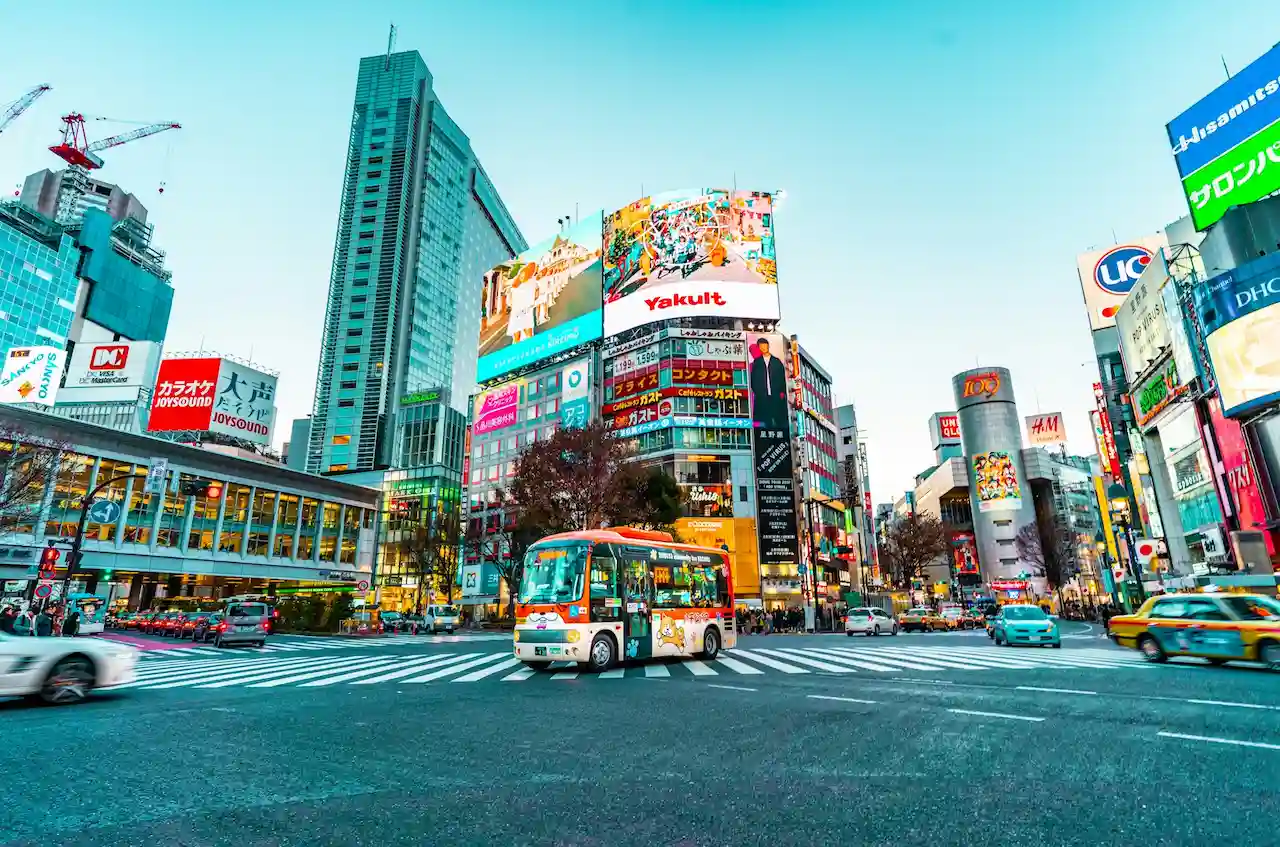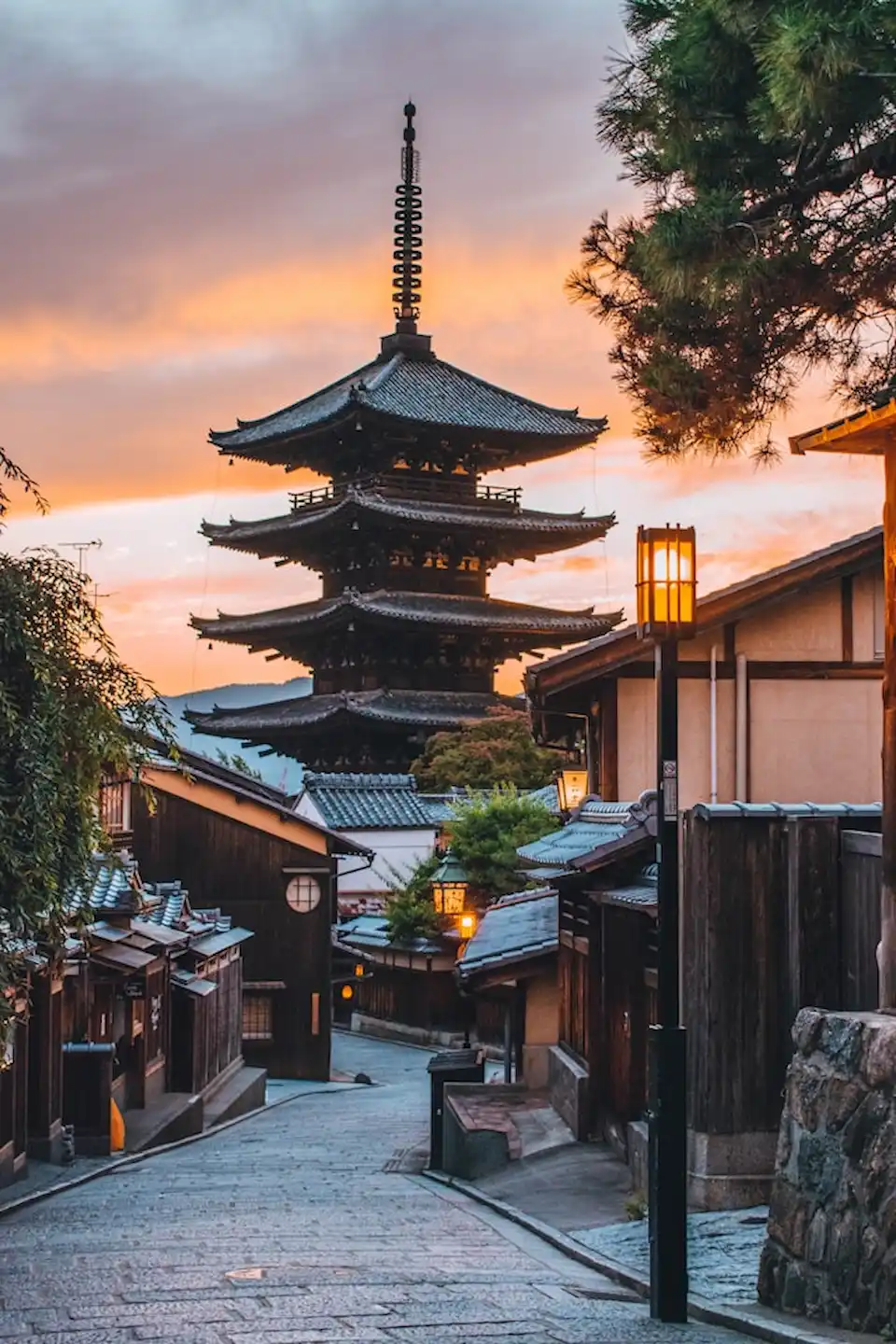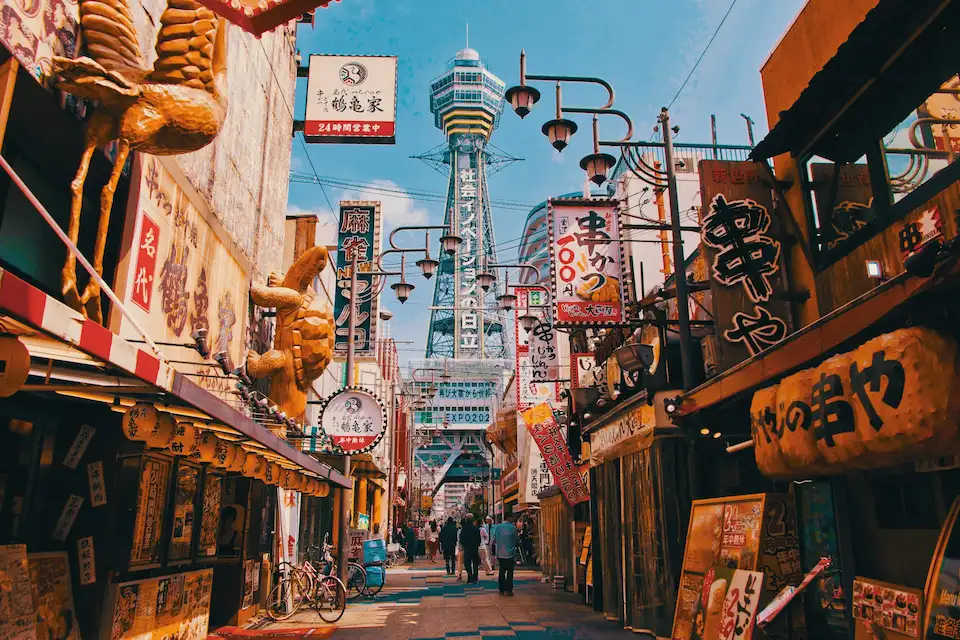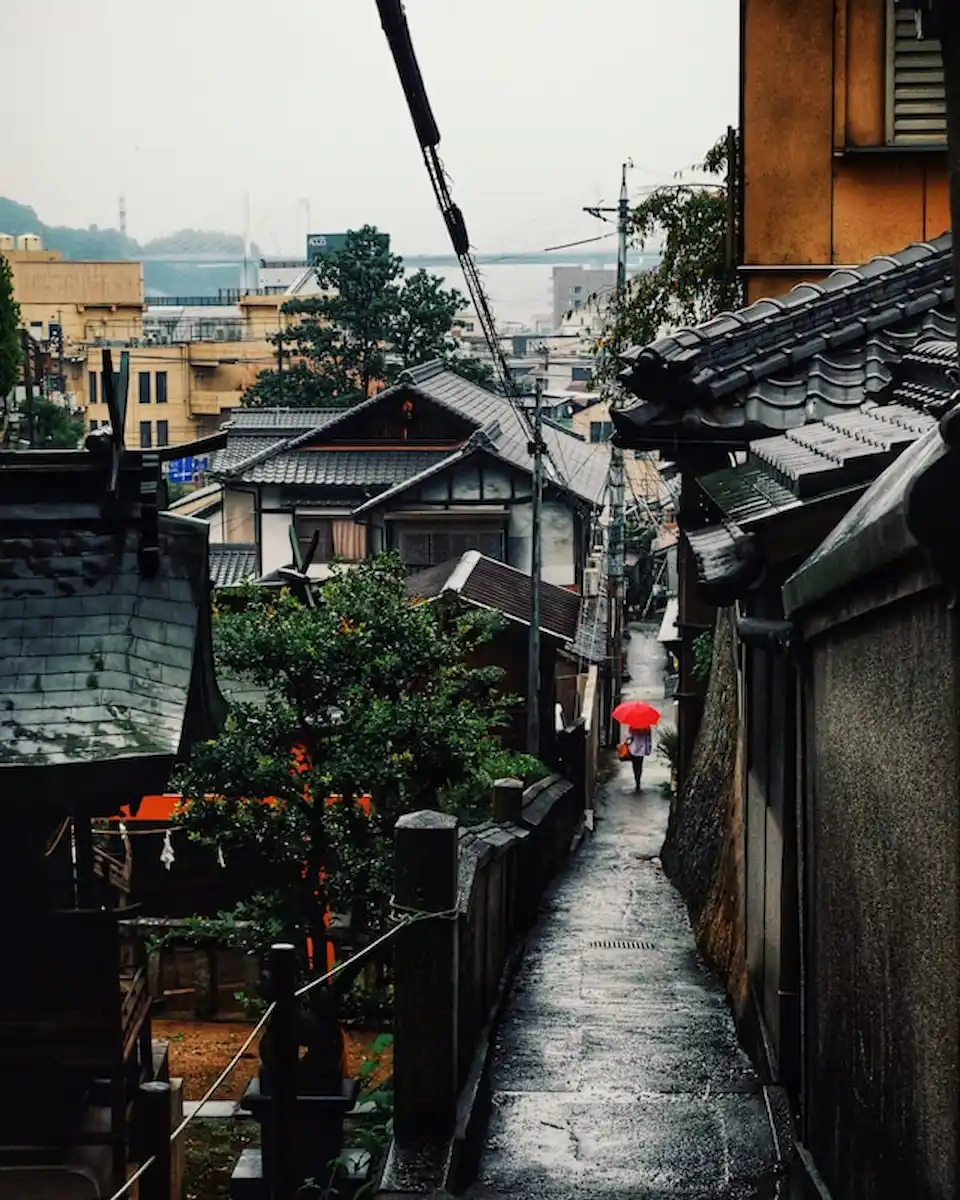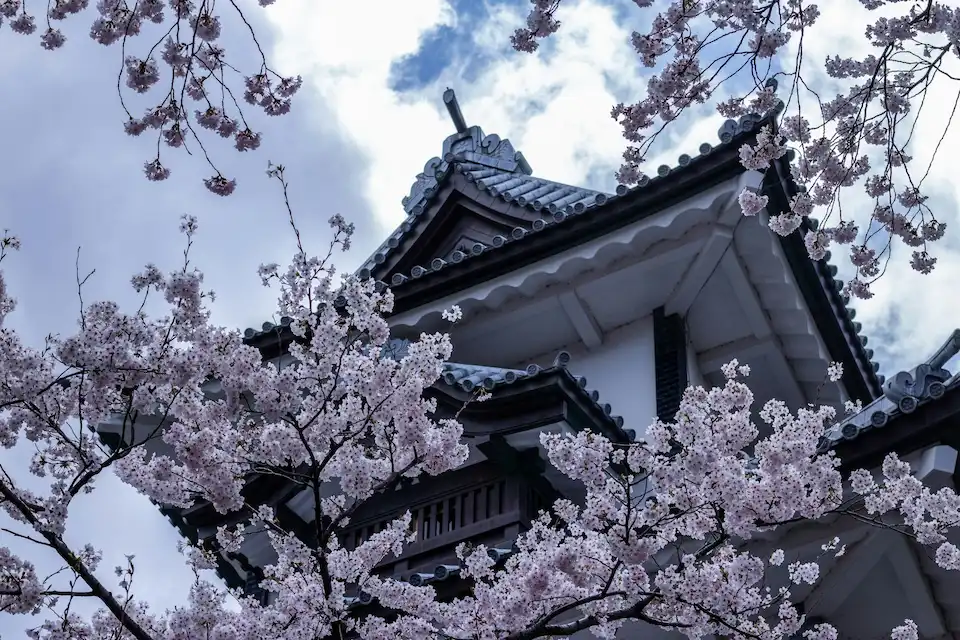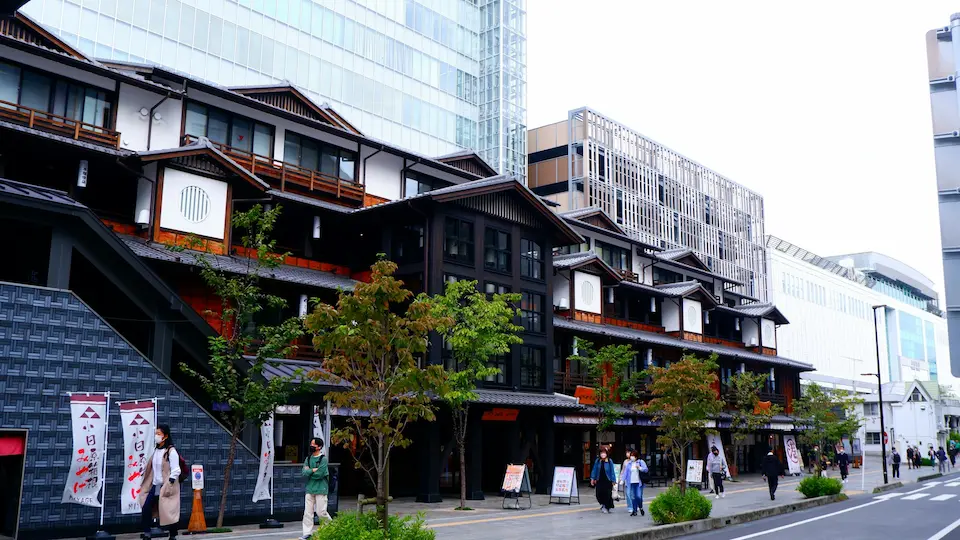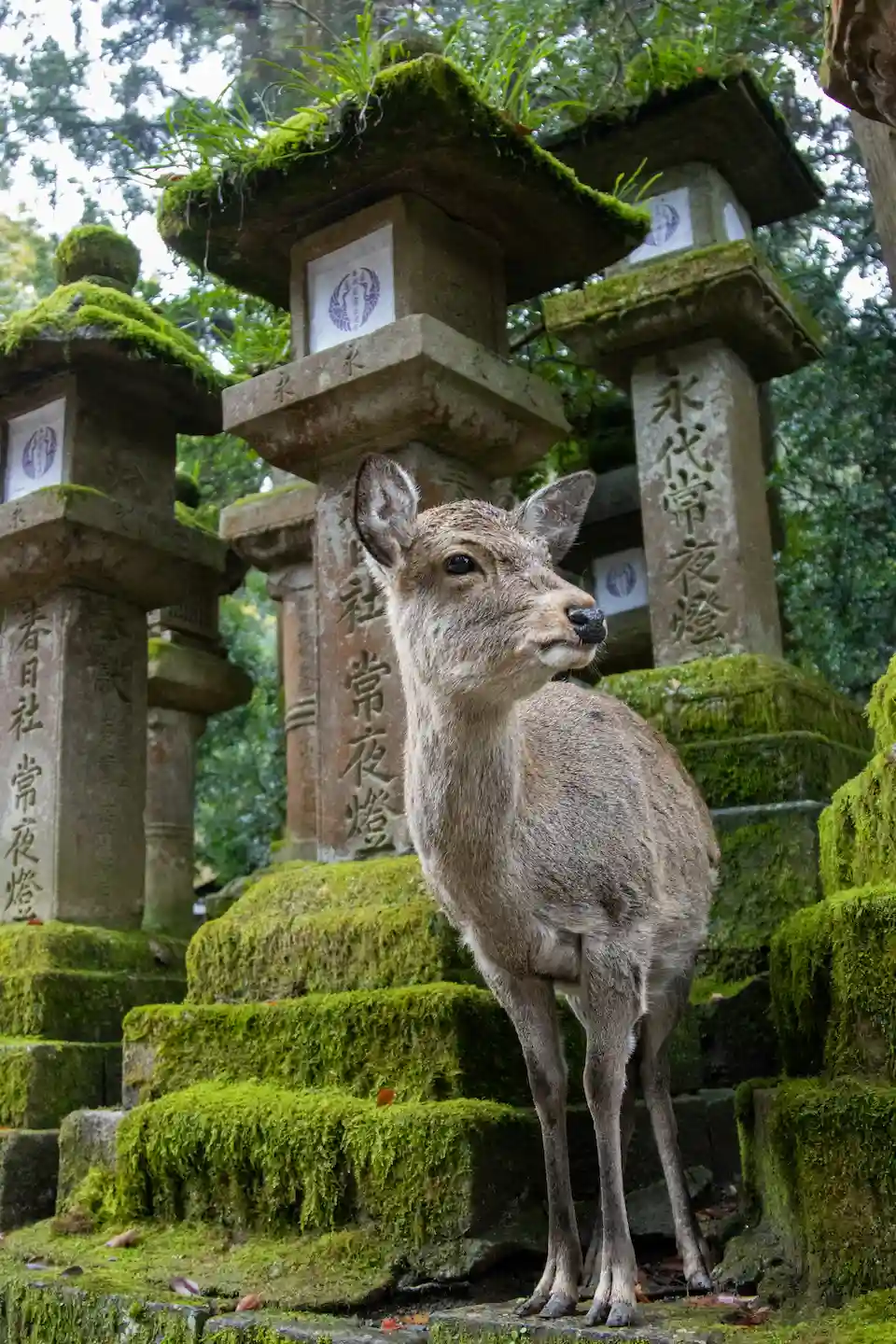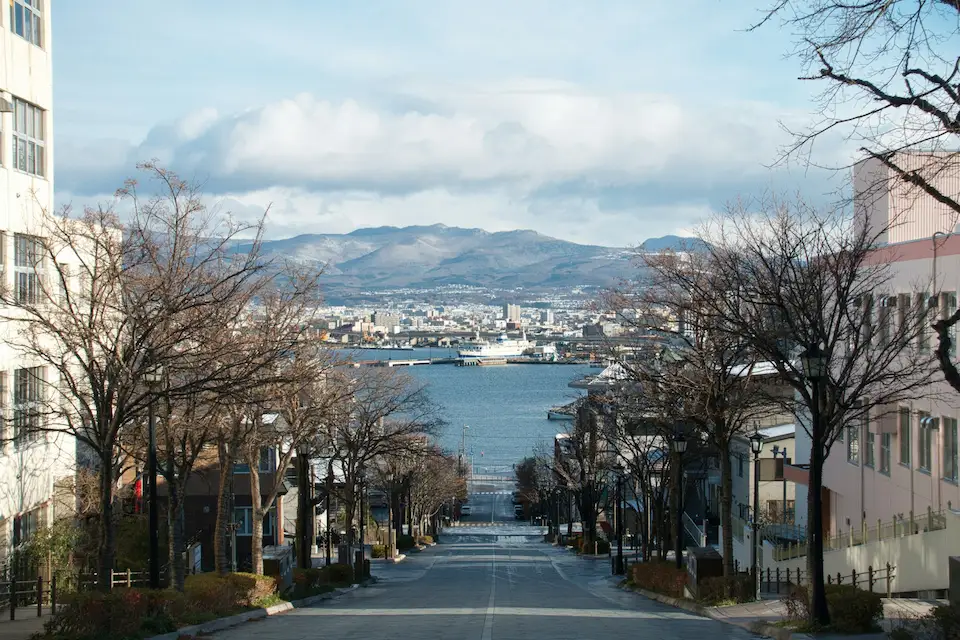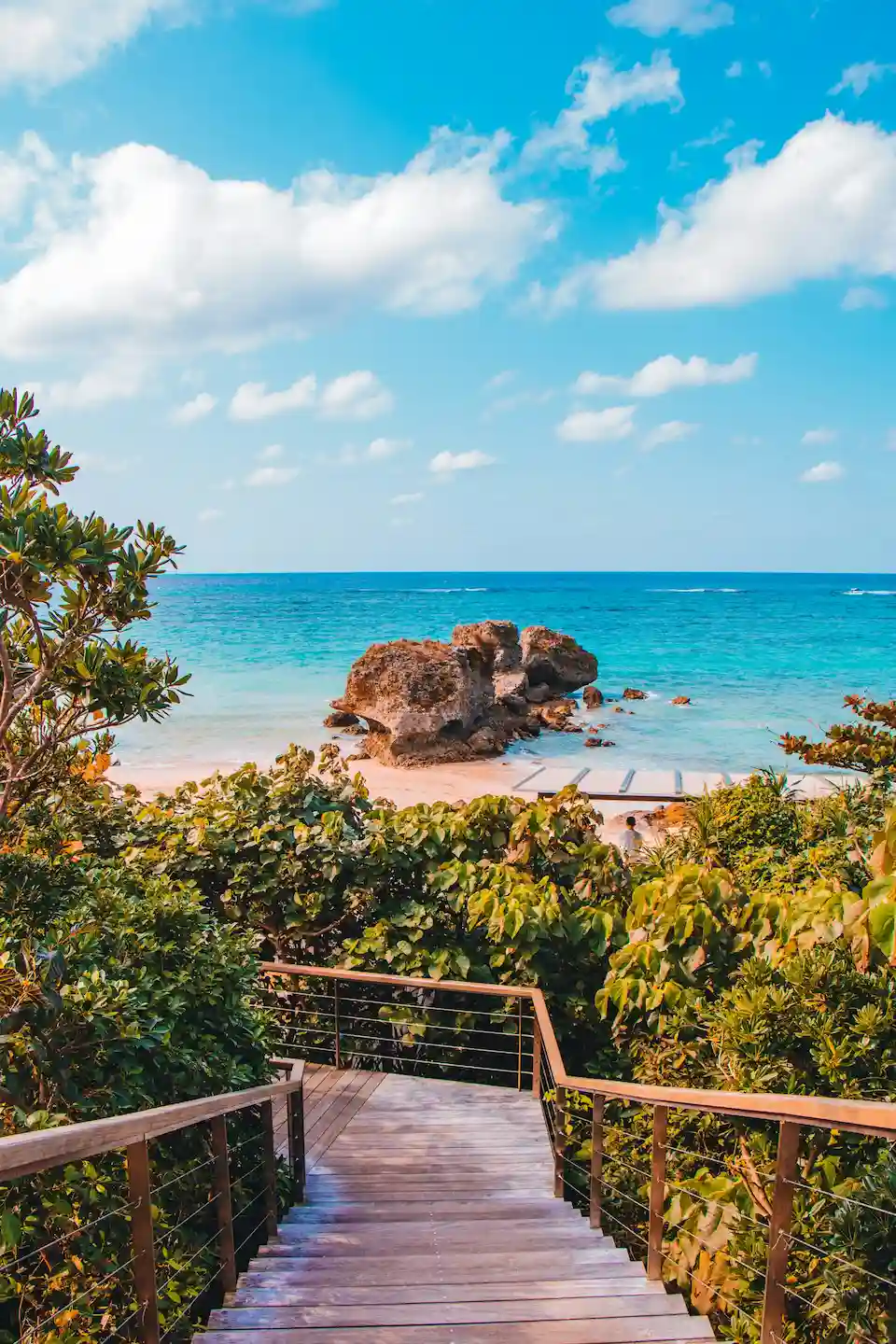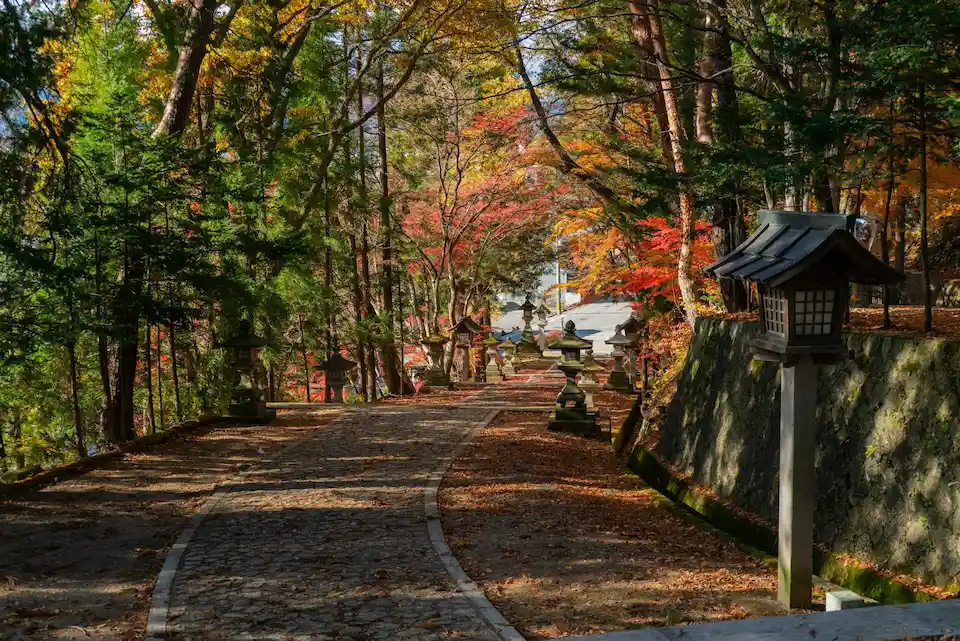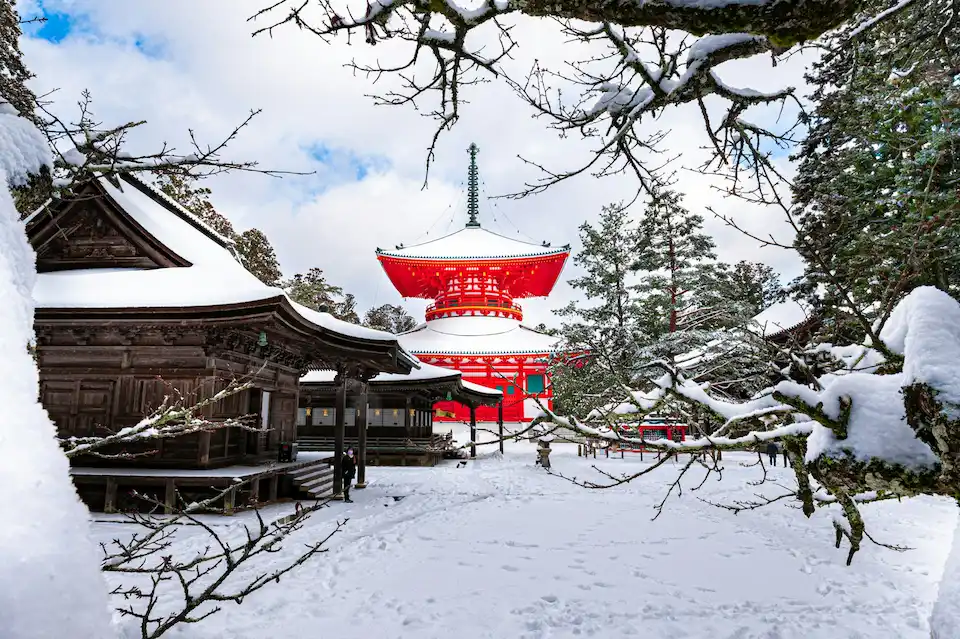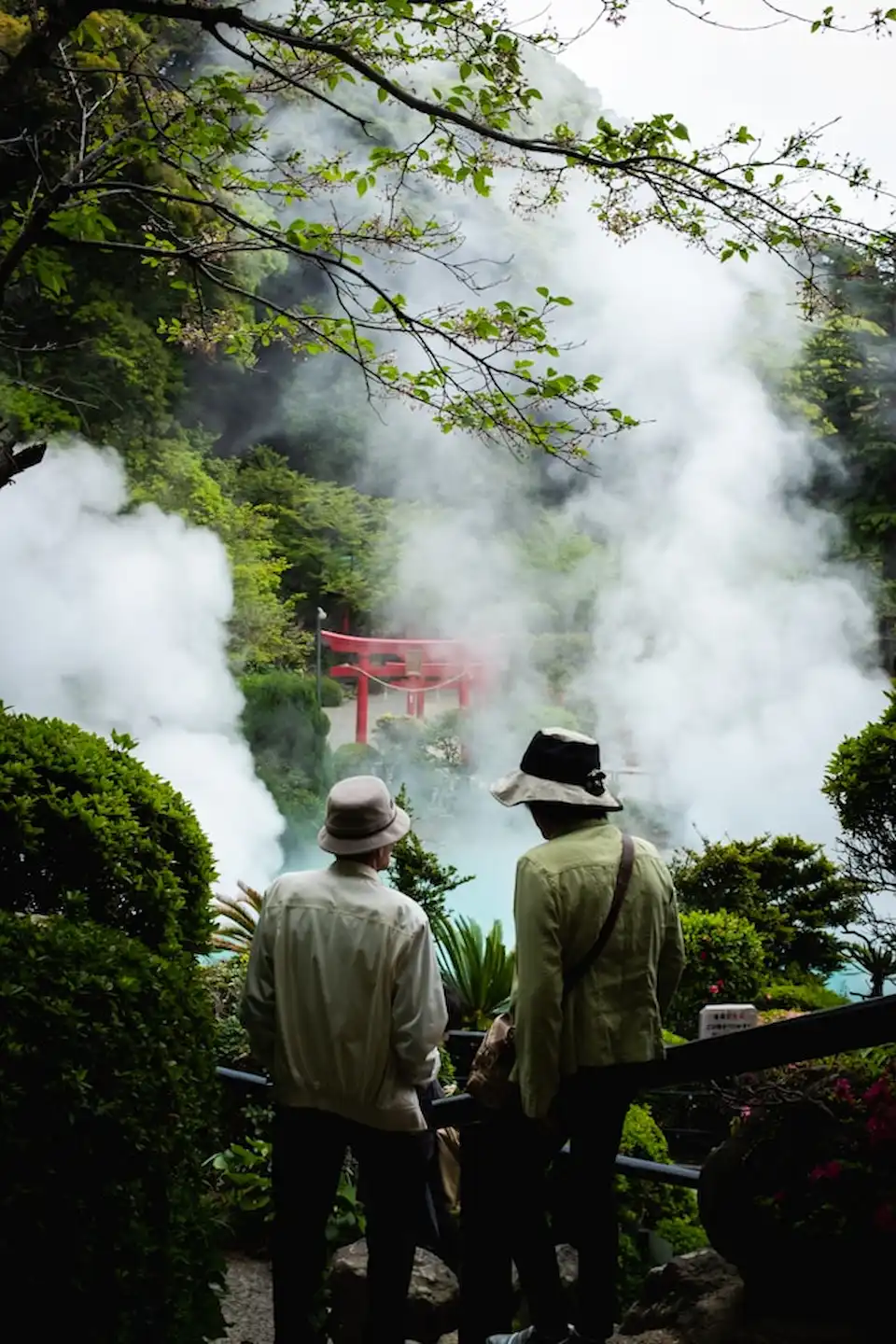12 Amazing Places to Visit in Japan – Your 2025 Travel Guide
Perfect destinations for photographers, foodies, and culture lovers alike
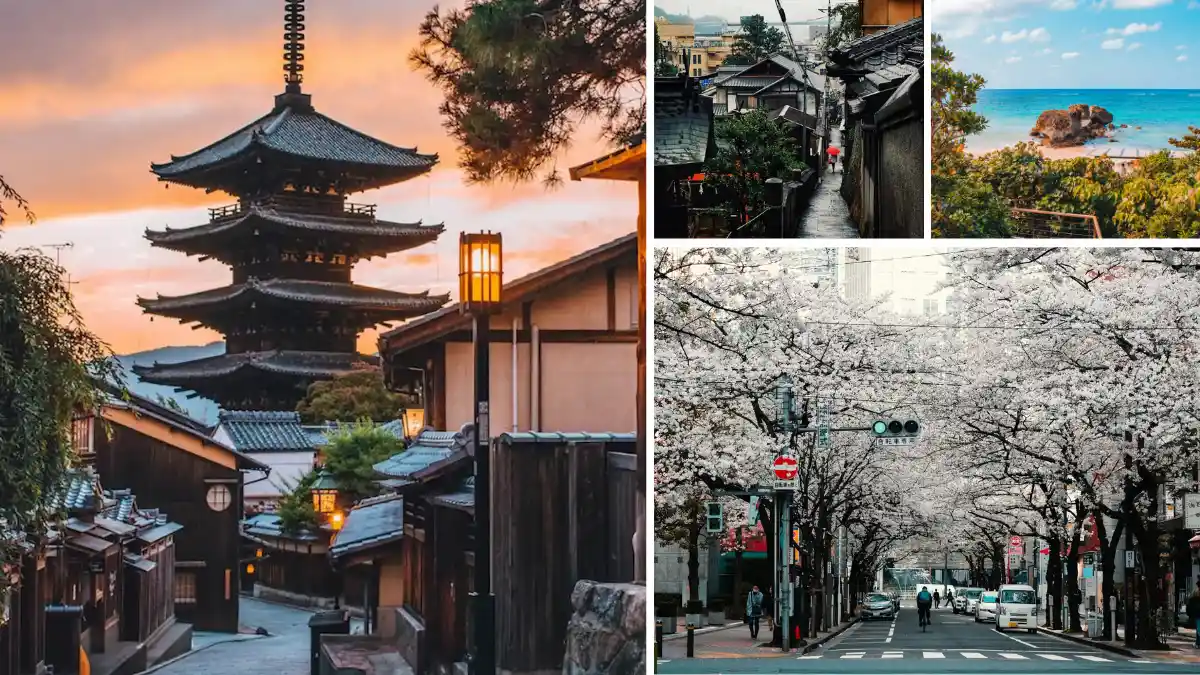
- This article contains affiliate links. I may receive a commission if you purchase from them, at no extra cost to you.
I’ll never forget my first evening in Tokyo, standing at the famous Shibuya Crossing as a thousand people moved in perfect harmony around me. The neon lights painted the twilight in electric colors, and in that moment I understood Japan’s magical duality—a place where ancient tradition and hyper-modernity don’t just coexist, they enhance each other. That first trip sparked a lifelong passion, and through multiple return visits, I’ve discovered the incredible diversity that makes Japan one of the world’s most captivating destinations.
This guide represents my personal curation of the most unforgettable places to visit in Japan, blending iconic landmarks with hidden gems that most tourists overlook. Whether you’re a first-time visitor or a seasoned Japan traveler, these best places to visit in Japan for 2025 will help you craft an itinerary that captures the soul of this remarkable country. From the snow-capped mountains of Hokkaido to the tropical beaches of Okinawa, let’s explore the must see in Japan destinations that will make your 2025 journey extraordinary.
- Quick tip before you start: Use this platform to find the best flights to any destination at great prices.
Table of contents
1. Tokyo: The Electric Heartbeat of Modern Japan
No list of best places to visit in Japan would be complete without its dazzling capital. Tokyo is less a city and more a collection of fascinating neighborhoods, each with its own distinct personality. What I love most is how you can witness a centuries-old sumo ritual in the morning, explore cutting-edge technology in Akihabara in the afternoon, and end your day at a tiny izakaya (pub) in Golden Gai that hasn’t changed since the 1950s.
My personal highlight: Waking up at 5 AM to visit the Tsukiji Outer Market before the crowds arrive. The energy of vendors slicing fresh tuna and grilling scallops while you sip warm sake is an experience that engages all your senses. For a truly memorable stay, I recommend the Park Hyatt Tokyo – yes, the one from Lost in Translation – which offers breathtaking city views.

Best stays & experiences in Tokyo
Find top-rated hotels and unforgettable tours to make the most of your Tokyo adventure.
- Don’t miss: The teamLab Borderless digital art museum, the peaceful Hamarikyu Gardens surrounded by skyscrapers, and the observation deck at Shibuya Sky at sunset.
- Best time to visit: Late March to April for cherry blossoms, or October to November for pleasant weather and fall colors.
- Local experience: Join a morning meditation session at Senso-ji Temple before the tourist crowds descend.
2. Kyoto: The Soul of Traditional Japan
If Tokyo represents Japan’s future, Kyoto is undoubtedly its heart. With over 2,000 temples and shrines, this city preserves the elegance of ancient Japan. But what makes Kyoto truly magical are the moments between the landmarks—the scent of incense drifting from a hidden temple, the sound of geiko and maiko (the local terms for geisha and apprentices) shuffling to appointments in Gion, and the taste of matcha in a 300-year-old tea house.
My personal highlight: Wandering through Fushimi Inari Shrine at dawn. Most visitors experience the famous torii gate pathway crowded with tourists, but arriving as the sun rises gives you the magical pathway almost entirely to yourself, with only the company of the resident cats and the morning mist.
- Don’t miss: The philosophical Path during cherry blossom season, the dazzling gold leaf at Kinkaku-ji Temple, and the bamboo grove in Arashiyama.
- Where to stay: For authentic atmosphere, book a traditional ryokan in Gion with kaiseki dining and tatami mats.
- Local experience: Participate in a tea ceremony with a maiko in the historic Higashiyama district.
3. Osaka: Japan’s Kitchen and Comedy Capital
Often overshadowed by its more famous neighbors, Osaka delivers some of Japan’s most vibrant street food, hilarious comedy, and friendly locals. The city’s unofficial motto is “kuidaore” which means “eat until you drop”—and you’ll be tempted to do exactly that in Dotonbori, the neon-lit entertainment district where giant mechanical crabs and octopuses beckon you into restaurants.
My personal highlight: An okonomiyaki cooking class where I learned to make Osaka’s signature savory pancake. The instructor didn’t speak English, and I didn’t speak Japanese, but we communicated through laughter and gestures while creating one of the most delicious meals of my trip.
- Don’t miss: The view from Umeda Sky Building’s Floating Garden, the incredible aquarium, and the castle park during hanami (cherry blossom viewing) season.
- Food must-try: Takoyaki (octopus balls) from a street vendor, kushikatsu (deep-fried skewers) in Shinsekai, and okonomiyaki.
- Where to stay: The St. Regis Osaka offers luxury in the perfect location for exploring.
4. Hiroshima: A City of Peace and Resilience
Visiting Hiroshima is a profoundly moving experience that every traveler to Japan should include in their itinerary. The city has transformed from unimaginable tragedy into a powerful symbol of peace and hope. The Peace Memorial Park and Museum will leave you emotionally shaken but inspired by the resilience of the human spirit.
My personal highlight: Taking the ferry to Miyajima Island to see the famous “floating” torii gate of Itsukushima Shrine. During high tide, the bright orange gate appears to float on the water, creating one of Japan’s most iconic views. Stay until dusk when the day-trippers leave and the gate becomes illuminated against the darkening sky.
- Don’t miss: The haunting A-Bomb Dome, the beautifully reconstructed Hiroshima Castle, and trying Hiroshima-style okonomiyaki (layered rather than mixed).
- Best time to visit: Spring or autumn, and try to time your Miyajima visit with high tide.
- Where to stay: The Miyajima Grand Hotel offers traditional rooms with incredible torii gate views.
5. Kanazawa: The “Little Kyoto” Without the Crowds
For those seeking traditional Japan without the overwhelming crowds of Kyoto, Kanazawa is a revelation. This beautifully preserved city on the Sea of Japan coast boasts one of the country’s top three landscape gardens, a perfectly preserved geisha district, and fascinating samurai neighborhoods. The city is also a center for gold leaf production—you’ll find it decorating everything from ice cream to cosmetics.
My personal highlight: Wandering through the Nagamachi Samurai District early in the morning, when the narrow lanes lined with earthen walls are empty and silent. You can almost hear the echoes of samurai footsteps from centuries past.
- Don’t miss: Kenrokuen Garden (especially in spring or autumn), the 21st Century Museum of Contemporary Art, and the Omicho Market for fresh seafood.
- Local experience: Create your own gold leaf souvenir at a workshop in the Higashi Chaya geisha district.
- Where to stay: The Hotel Nikko Kanazawa offers modern comfort steps from the station and gardens.
6. Hakone: Hot Springs and Mount Fuji Views
No guide to the best places to go in Japan would be complete without Hakone, the classic destination for experiencing onsens (hot springs) and—with luck—glimpsing the majestic Mount Fuji. Part of the Fuji-Hakone-Izu National Park, this resort area offers a perfect blend of natural beauty, art, and relaxation just 90 minutes from Tokyo.
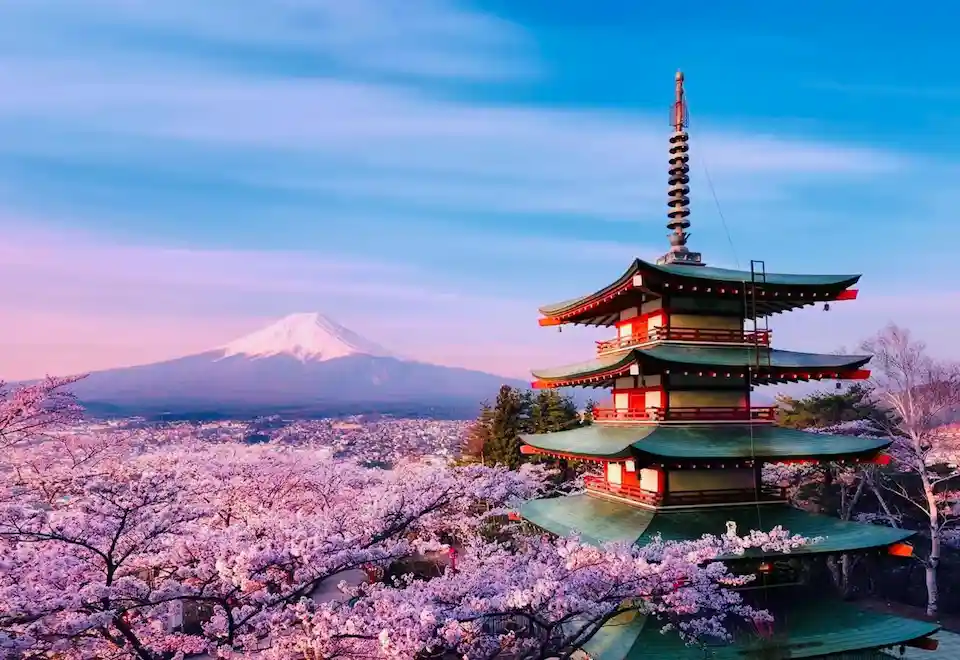
Where to stay & what to do in Hakone
Book cozy hotels and unique tours to enjoy Hakone’s hot springs and scenic views.
My personal highlight: The Hakone Open-Air Museum, where world-class sculptures are displayed against a stunning mountain backdrop. The Picasso Pavilion alone is worth the visit, and the foot baths let you soak your tired feet while appreciating the art.
- Don’t miss: The Hakone Round Course (a circuit involving pirate ships, cable cars, and ropeways), the volcanic Owakudani Valley with its black eggs, and an overnight stay at a traditional ryokan with private onsen.
- Where to stay: Gora Kadan offers the ultimate luxury ryokan experience with incredible kaiseki meals.
- Pro tip: Spend at least one night in Hakone to enjoy the onsens after the day-trippers have left.
7. Nara: Where Sacred Deer Roam Ancient Temples
Just a short train ride from Kyoto lies Japan’s first permanent capital, where history feels alive in every corner. Nara’s greatest charm comes from its resident population of over 1,200 sacred deer that freely roam Nara Park, bowing politely for special deer crackers. But beyond these adorable creatures, Nara houses some of Japan’s most significant historical treasures that make it one of the essential places to see in Japan.
What captivated me most: Feeding the deer at dawn when the morning mist still clung to the ancient temples and the animals were most active. There’s something magical about having these gentle creatures approach you with their polite bows while Todai-ji Temple‘s massive wooden structure emerges from the fog in the background.
- Don’t miss: The Great Buddha at Todai-ji (one of the largest bronze statues in the world), the lantern-lined paths of Kasuga Taisha Shrine, and the less-crowded Yoshiki-en Garden.
- Where to stay: While many visit as a day trip, the Noborioji Hotel Nara offers a peaceful retreat steps from the park.
- Local experience: Visit the traditional merchant houses in the Naramachi district and try persimmon leaf sushi, a local specialty.
- Practical tip: A compact packable daypack from Amazon is perfect for carrying deer crackers and souvenirs while exploring Nara Park.
8. Hokkaido: Winter Wonderland and Summer Wilderness
Japan’s northernmost island offers a completely different experience from the main island of Honshu. In winter, it transforms into a powder snow paradise with some of the best skiing in the world. Come summer, the same mountains become hiking trails through flower-carpeted fields, making Hokkaido one of the most versatile best places to go in Japan for nature lovers.
The moment that stayed with me: Soaking in an outdoor onsen while snow gently fell around me at the Noboribetsu Hell Valley. The contrast between the steaming hot spring water and the freezing air created an almost surreal experience that embodied Hokkaido’s dramatic natural beauty.
- Don’t miss: The Sapporo Snow Festival (February), the blue ponds of Biei, and the lavender fields of Furano in July.
- Where to stay: The Toya Sun Palace Resort offers stunning lake views and hot spring baths.
- Local experience: Join a crab fishing tour in winter and have your catch prepared as sashimi right on the boat.
- Travel essential: For winter visits, reliable thermal base layers from Amazon are absolutely essential for staying comfortable in Hokkaido’s sub-zero temperatures.
9. Okinawa: Japan’s Tropical Paradise
With their white sand beaches, turquoise waters, and unique Ryukyuan culture, the Okinawa islands feel like a different country altogether. The pace of life slows down dramatically here, inviting you to embrace “island time” while exploring a culture that blends Japanese, Chinese, and Southeast Asian influences.
A truly unforgettable experience: Snorkeling in the Kerama Islands where the water visibility exceeds 50 meters, revealing vibrant coral gardens teeming with tropical fish. Watching the sunset from one of Miyako Island’s pristine beaches with a glass of local awamori liquor felt miles away from the busy streets of Tokyo.
- Don’t miss: Shuri Castle (currently undergoing reconstruction after a fire), the Churaumi Aquarium‘s massive Kuroshio tank, and the traditional Ryukyuan villages.
- Where to stay: The Renaissance Okinawa Resort offers luxury accommodations with private beaches.
- Local experience: Learn about the unique longevity diet of Okinawans through a cooking class focused on local vegetables and bitter melon.
- Beach essential: A quick-dry travel towel from Amazon is perfect for spontaneous beach stops between island hopping.
10. Takayama: Preserved Edo-Era Charm in the Japanese Alps
Nestled in the mountainous Hida region, Takayama feels like a preserved Edo-period town that time forgot. The beautifully maintained old town with its dark wood buildings, sake breweries, and morning markets offers an authentic glimpse into traditional Japanese provincial life without the crowds of more famous destinations.
My most cherished memory: Waking before dawn to explore the Miyagawa Morning Market as vendors set up their stalls selling local crafts, pickles, and fresh produce. The sight of elderly farmers arranging colorful vegetables with the old town architecture in the background felt like stepping into a living museum.
- Don’t miss: The Takayama Festival Floats Exhibition Hall, the historic merchants’ houses in the Sanmachi Suji district, and nearby Shirakawa-go’s thatched-roof farmhouses.
- Where to stay: The Associa Takayama Resort combines modern luxury with traditional elements and stunning mountain views.
- Local experience: Sample different varieties of local Hida beef at the evening food stalls along the Miyagawa River.
- Photography tip: A compact travel tripod from Amazon is perfect for capturing Takayama’s beautiful streets in the soft morning light.
11. Koyasan: Spiritual Retreat in Sacred Mountains
For a truly transformative experience, few places to visit in Japan compare to Mount Koya. The center of Shingon Buddhism for over 1,200 years, this remote monastic complex offers visitors the rare opportunity to stay in temple lodgings, participate in morning prayers, and wander through Japan’s most spectacular cemetery at Okunoin.
The profound moment: Walking through Okunoin Cemetery at night with only a traditional lantern to light my path. The ancient cedar trees, thousands of moss-covered tombstones, and the absolute silence created an atmosphere of deep peace that’s nearly impossible to find in modern Japan.
- Don’t miss: The morning prayers and vegetarian shojin ryori meals at your temple lodging, the Danjo Garan temple complex, and the early morning meditation sessions open to visitors.
- Where to stay: Temple lodging at Eko-in Temple offers the most authentic spiritual experience.
- Local experience: Join the morning chanting ceremony at Okunoin Mausoleum, where monks have maintained a continuous flame for centuries.
- Comfort item: Temple lodgings can be chilly at night, so pack thermal socks from Amazon for added comfort during your spiritual retreat.
12. Beppu: Japan’s Most Extraordinary Hot Spring Town
Known as Japan’s hot spring capital, Beppu boasts more onsens than any other resort in the country. But what makes it truly special are the “hells” (jigoku)—spectacular hot springs for viewing rather than bathing, each with unique colors and characteristics from milky blue to blood-red waters.
What amazed me most: The “hells” tour, particularly Umi Jigoku (Sea Hell) with its stunning cobalt blue waters surrounded by tropical plants and steam rising dramatically against the mountain backdrop. The contrast between the vibrant thermal waters and traditional Japanese landscaping was unlike anything I’d seen before.
- Don’t miss: The eight main hells, sand baths where you’re buried in naturally heated sand, and the Takasakiyama Monkey Park.
- Where to stay: The Suginoi Hotel offers multiple hot spring baths with ocean views.
- Local experience: Try a “steam bath” where you cook vegetables and pudding using the natural geothermal steam.
- Onsen essential: Traditional Japanese onsens require washing before entering, so a quick-dry microfiber towel from Amazon is more practical than bulky regular towels.
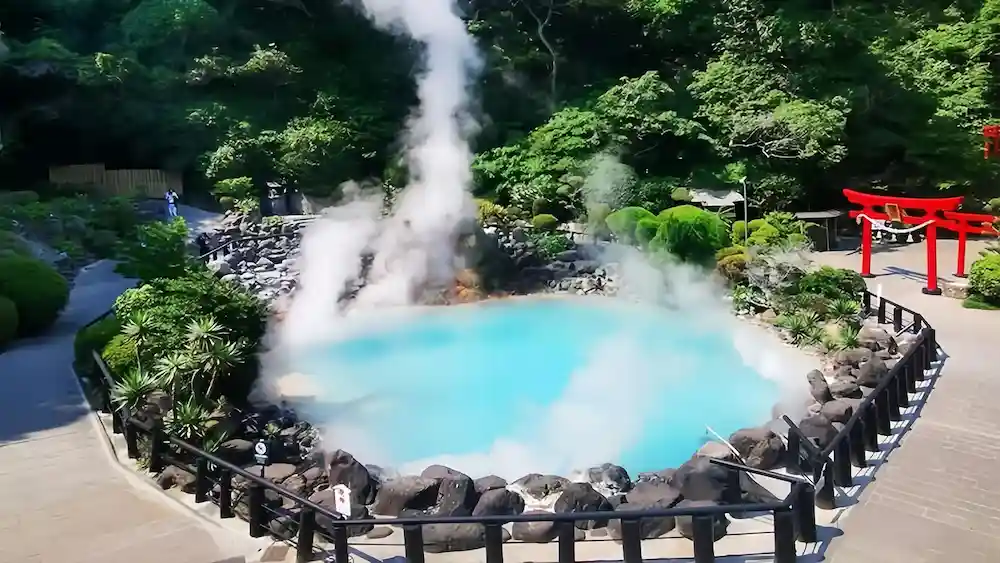
Top stays & tours in Beppu
Find relaxing hotels and fun tours to experience Beppu’s famous hot springs and local charm.Select 85 more words to run Humanizer.
Final Tips for Your 2025 Japan Adventure
As you plan your journey through these incredible places to visit in Japan, remember that the country’s true magic often lies in the unexpected moments—the quiet conversation with a shopkeeper, the perfect bowl of ramen from a tiny stall, or the sudden beauty of cherry blossoms when you least expect them. Japan rewards both careful planning and spontaneous discovery in equal measure.
For 2025, consider purchasing your Japan Rail Pass well in advance due to expected price increases, and don’t hesitate to venture beyond the well-trodden tourist trail. Some of my most memorable experiences happened in places not mentioned in any guidebook, found simply by following my curiosity down a quiet side street or accepting an invitation from a local.
Which of these Japanese destinations speaks most to your travel dreams? Are you drawn to the spiritual mountains of Koyasan, the tropical beaches of Okinawa, or the historic streets of Takayama? Share your Japan travel plans in the comments—I’d love to hear what experiences call to you!
